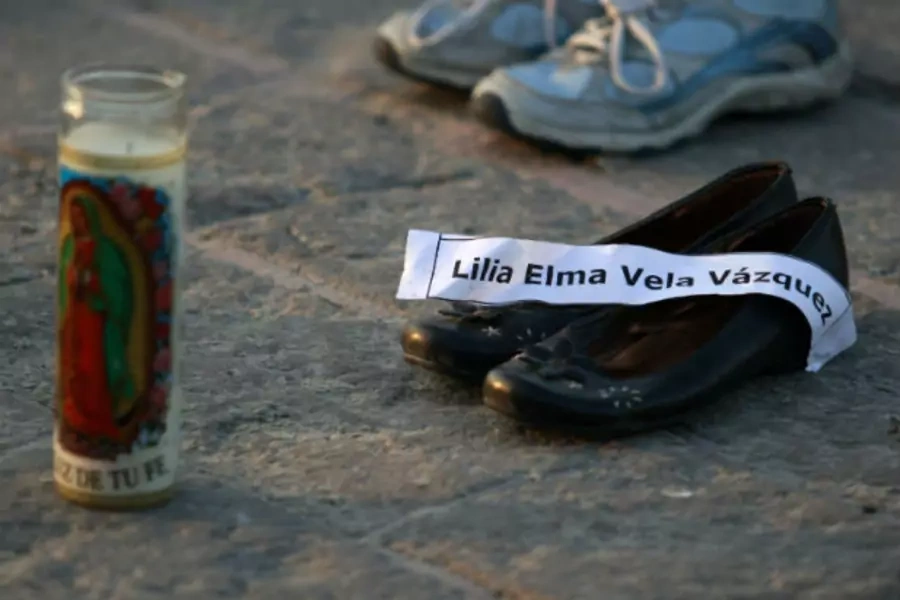Mexico’s Murder Rate Plateaus

More on:
Last week the Trans-Border Institute’s Justice in Mexico Project released their fourth special report on drug violence in Mexico. These reports (see the 2010, 2011, and 2012 ones too) provide some of the most in-depth analyses of homicide trends in Mexico by using a range of government and media sources, as well as their own data.
The authors, Cory Molzahn, Octavio Rodriguez Ferreira, and David A. Shirk, conclude that Mexico’s homicide rate has peaked. Using the Mexican government’s National Public Security System (SNSP) data—which you can see in the graph below—the number of organized crime related homicides dropped some 28 percent over the last year. Other tallies from the newspapers Reforma and Milenio showed a 21 percent decrease and a 1 percent increase respectively (the substantial differences stemming from the ways they categorize organized crime related homicides). But by all counts, the violence has at least leveled out, if not fairly dramatically declined.
The geographic spread of the violence in 2012 also seems to have receded—after expanding during each of the last four years. The worst hit areas continue to be near the U.S.-Mexico border (including the northwest states of Sonora, Chihuahua, and Sinaloa, and the northeast states of Tamaulipas and Nuevo Leon) and in the southwest states of Guerrero and Michoacán. The majority of 2012’s violence was concentrated in fewer than 10 percent of Mexico’s 2,457 municipalities.
Another positive shift occurred in Ciudad Juárez, where the homicide rate fell from 2,738 murders in 2010 to 656 in 2012. The city has now passed on the unfortunate distinction of being Mexico’s most violent to Acapulco.
Some analysts question whether the declines in reported homicides are real—pointing to the thousands of Mexicans who have simply disappeared during the conflict (anywhere between 5,000 and 20,000 according to government and NGO estimates). Even so, the Trans-Border report calculates that even adding in these missing Mexicans to the death toll wouldn’t fully negate the recent declining trend.
Though murders now seem to have plateaued, President Peña Nieto promised during his campaign to reduce violence. This, as Alejandro Hope among others have argued, will be a real challenge. The administration will have to engage in painstaking institution building, strengthening Mexico’s police forces and court systems, in order for future reports to have similar positive messages.
More on:
 Online Store
Online Store
